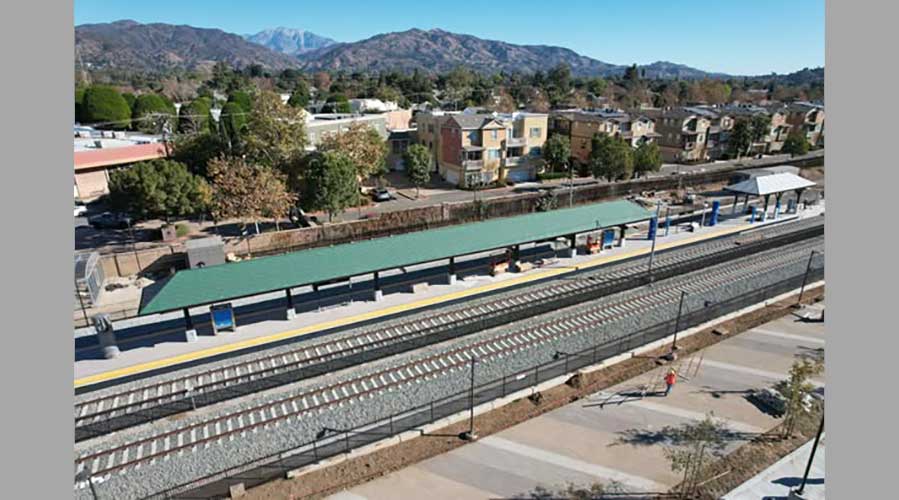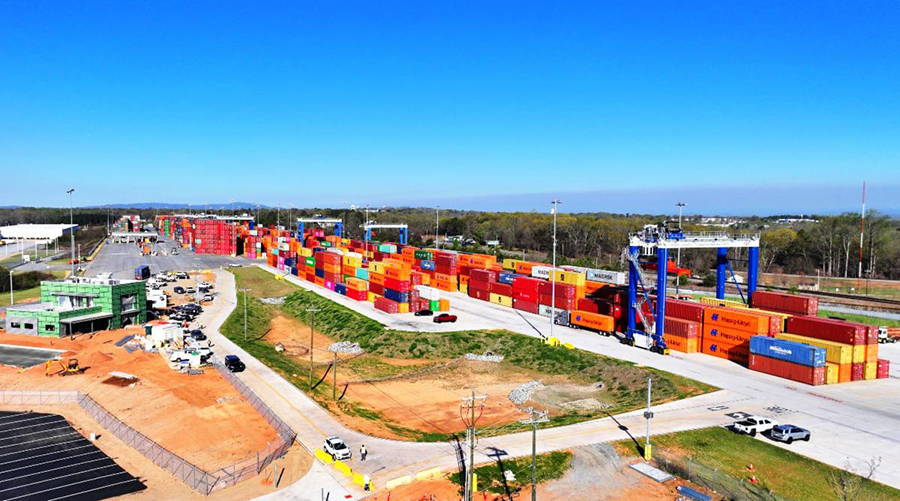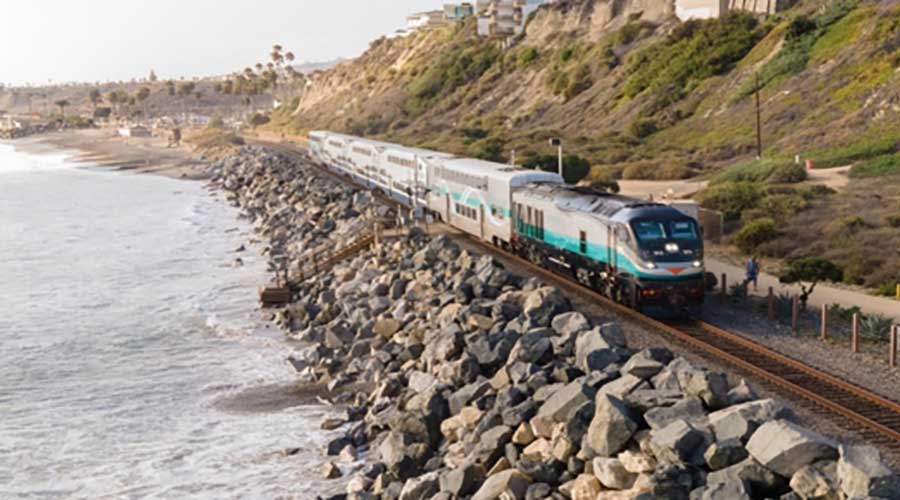Newsletter Sign Up
Stay updated on news, articles and information for the rail industry
Stay updated on news, articles and information for the rail industry
Rail News Home
Rail Industry Trends
Rail News: Rail Industry Trends
2/2/2010
Rail News: Rail Industry Trends
Updated STB study: Railroads' rate hikes not a market power play
advertisement
Rail rates have steadily increased since 2004, including a steep climb in 2008, but the price hikes were driven by fluctuating fuel prices and other costs, and not by a “greater exercise of railroad market power over captive shippers,” according an updated Surface Transportation Board (STB)-commissioned study conducted by Christensen Associates Inc.
“An Update to the Study of Competition in the U.S. Freight Railroad Industry,” which includes railroad data from 1987 through 2008, determined that a greater share of rail traffic moved at rates less than 180 percent of variable costs in 2007 and 2008 than in 2005 and 2006. Variable costs include fuel, labor and other non-capital expenses. Preliminary data shows rail rates fell last year, according to Christensen Associates.
The updated study also found that the large productivity gains in the 1980s and 1990s — when the railroads shed excess lines, reduced crew sizes and streamlined operations — no longer are enough to offset rising operating costs.
“Because the railroad [industry] has remained approximately revenue sufficient in recent years, we re-emphasize one of our original conclusions: Providing significant rate relief to some shippers will likely result in rate increases for other shippers or threaten railroad financial viability,” Christensen Associates officials said in the updated study.
In 2007, the STB hired the consultant to assess the state of rail competition; Christensen Associates released its initial report in November 2008. However, shippers raised concerns that the report's study period ended in 2006 and did not include subsequent years of “rapidly escalating rates,” according to the STB.
“An Update to the Study of Competition in the U.S. Freight Railroad Industry,” which includes railroad data from 1987 through 2008, determined that a greater share of rail traffic moved at rates less than 180 percent of variable costs in 2007 and 2008 than in 2005 and 2006. Variable costs include fuel, labor and other non-capital expenses. Preliminary data shows rail rates fell last year, according to Christensen Associates.
The updated study also found that the large productivity gains in the 1980s and 1990s — when the railroads shed excess lines, reduced crew sizes and streamlined operations — no longer are enough to offset rising operating costs.
“Because the railroad [industry] has remained approximately revenue sufficient in recent years, we re-emphasize one of our original conclusions: Providing significant rate relief to some shippers will likely result in rate increases for other shippers or threaten railroad financial viability,” Christensen Associates officials said in the updated study.
In 2007, the STB hired the consultant to assess the state of rail competition; Christensen Associates released its initial report in November 2008. However, shippers raised concerns that the report's study period ended in 2006 and did not include subsequent years of “rapidly escalating rates,” according to the STB.


 LRW Honors Amtrak’s Acheson As Railway Woman Of The Year
LRW Honors Amtrak’s Acheson As Railway Woman Of The Year
 From Editor-In-Chief Foran: Of Gender Equity And Inclusion
From Editor-In-Chief Foran: Of Gender Equity And Inclusion
 Spotlight On Some Of Today’s Rail Safety Products
Spotlight On Some Of Today’s Rail Safety Products
 Women of Influence in Rail eBook
Women of Influence in Rail eBook
 railPrime
railPrime







